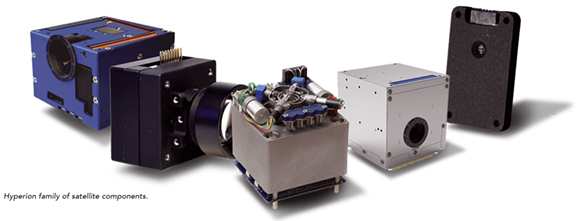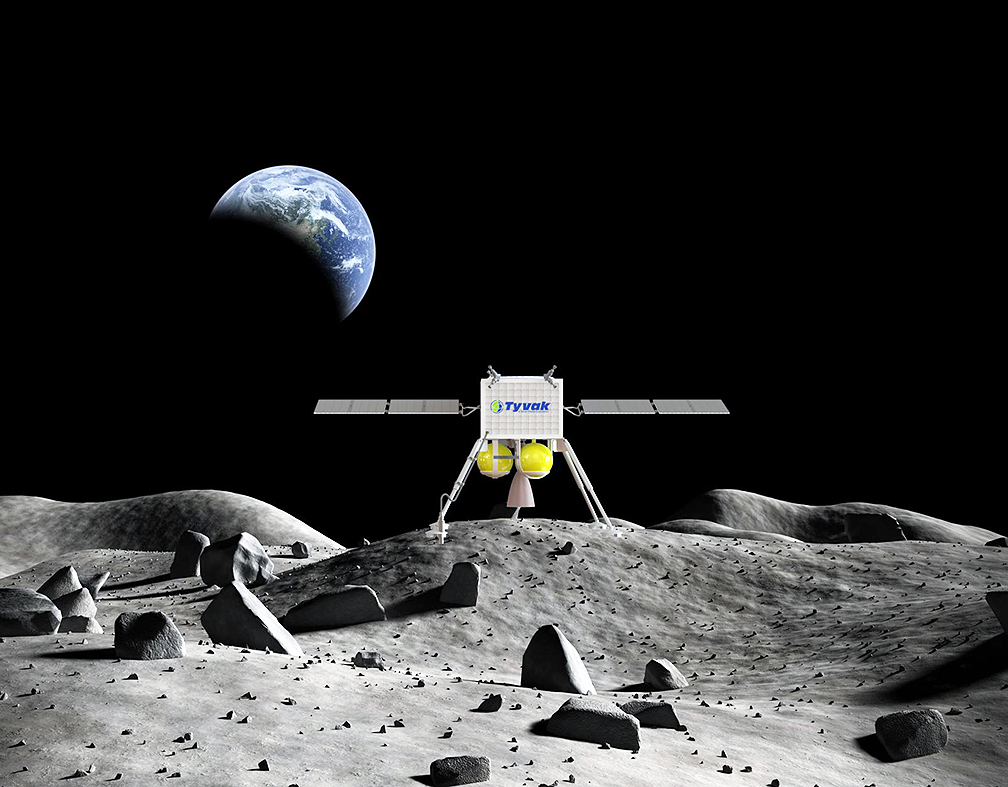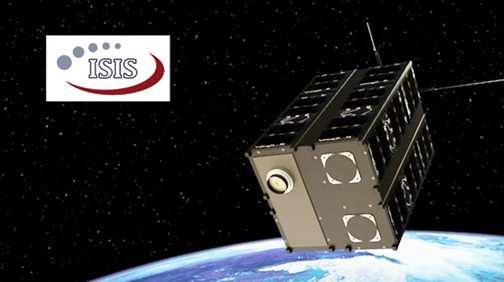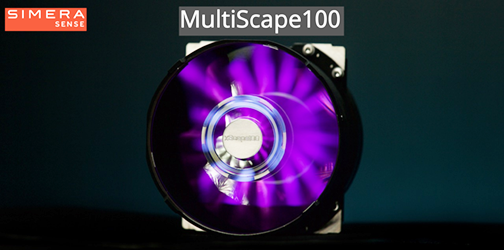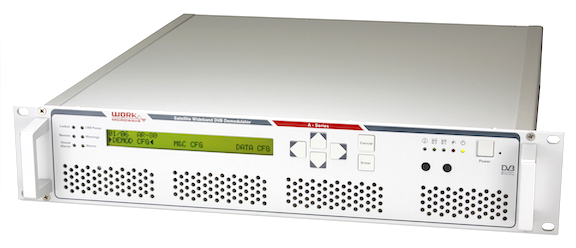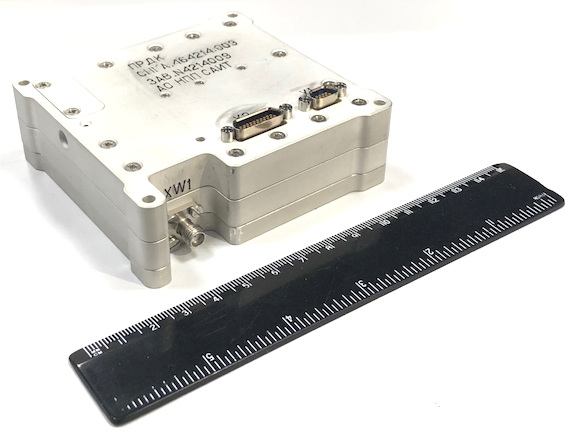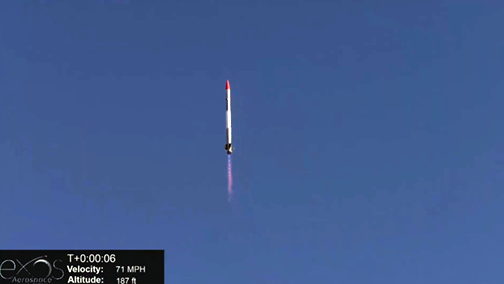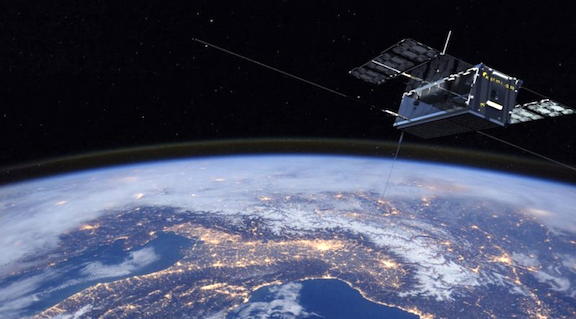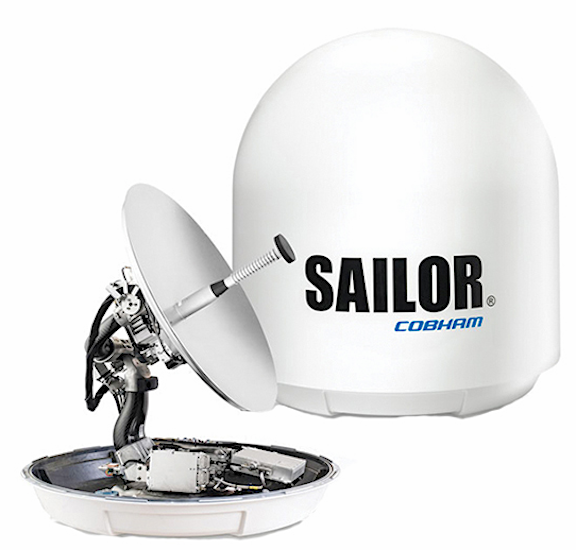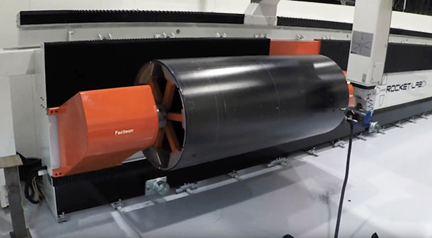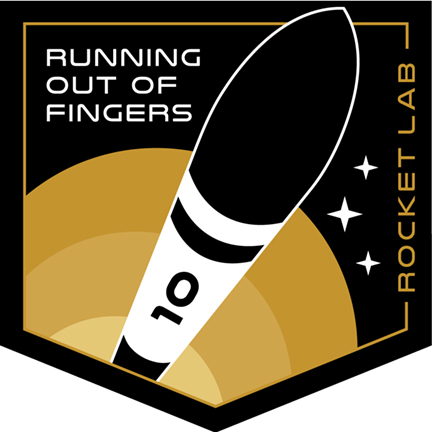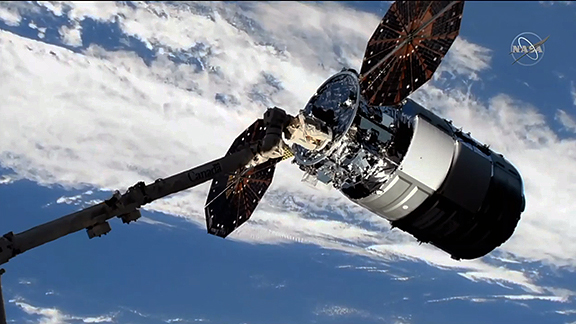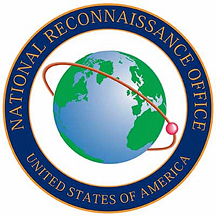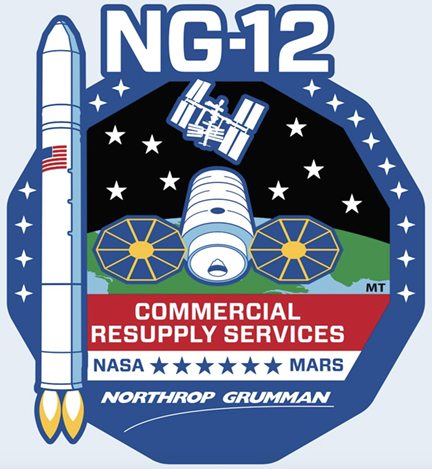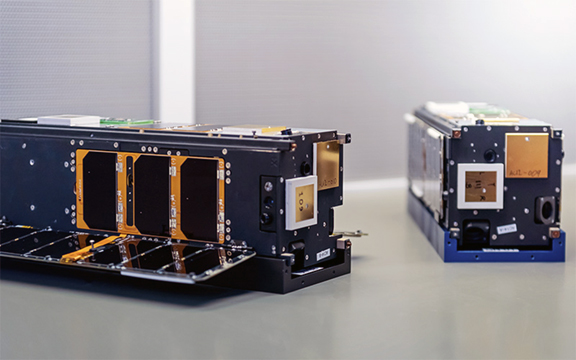

Alexandra Sokolowski
A Conversation with Ms. Alexandra Sokolowski, Business Development Manager, Hyperion Technologies B.V.
Ms. Sokolowski, what services and products does your company provide
to the industry?
Alexandra Sokolowski (AS)
Hyperion designs and develops miniaturized and high-performance components for smallsats. We focus on subsystems to ensure that the “payload is king,” as we like to say.
Our range involves components for attitude determination, such as star trackers and sun sensors, attitude control, such as reaction wheels and magnetorquers, as well as fully integrated and autonomous ADCS. We are also working on new technologies that are going to soon enter the market.
What do you believe are the most significant challenges that need to be addressed within the satellite and related industries?
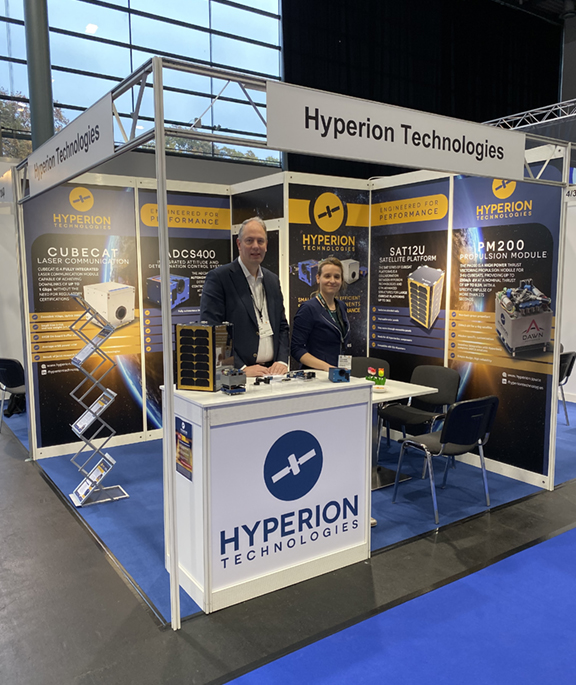
AS
Currently, the we see the main challenge to be incorporating non-space technologies into the market, making them fit for space environments. We also believe that we can learn a lot from these markets when it comes to increasing production speed and time to market.
What is your company presenting at this major event? What may we expect your company to reveal over the next few months?
AS
At SpaceTech Expo we are, of course, presenting our ADCS solutions as well as some newer components that are going to launch early next year.
One of them is the world’s first 1U AOCS, which combines our miniaturized ADCS with a chemical propulsion unit. We are also proud to be raising the awareness for our laser communication terminal for cubesats, which we are co-developing together with the Dutch research institute TNO and the FSO Consortium.
We are currently finalizing the Engineering Model and show attendees can already have a look at a 3D printed model at the TNO booth.
What sets Hyperion apart from your competition?
AS
We think that we are very curious and continuously look beyond our horizon into adopting new technologies for the space market, such as 3D printing or new ways of manufacturing.
What also sets us apart is, in our opinion, our approach to designing products. Our first step is always to look at the fundamental limits, rather than just scaling down what already exists.
If you look at the minimal required limitations in power, volume, size, mass and develop your product from there you can come up with very efficient products.
Last, but certainly not least, we treat our clients more like partners, and involve them in our processes. Openness in communication and integrity are important to us.
You might think that space is all about technology but in the end, it comes down to humans and values.
